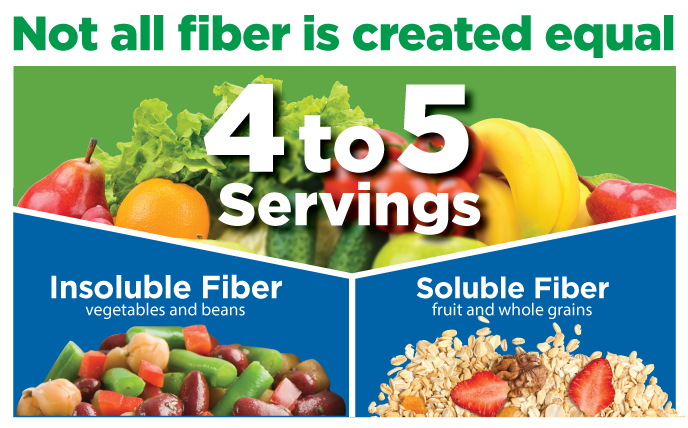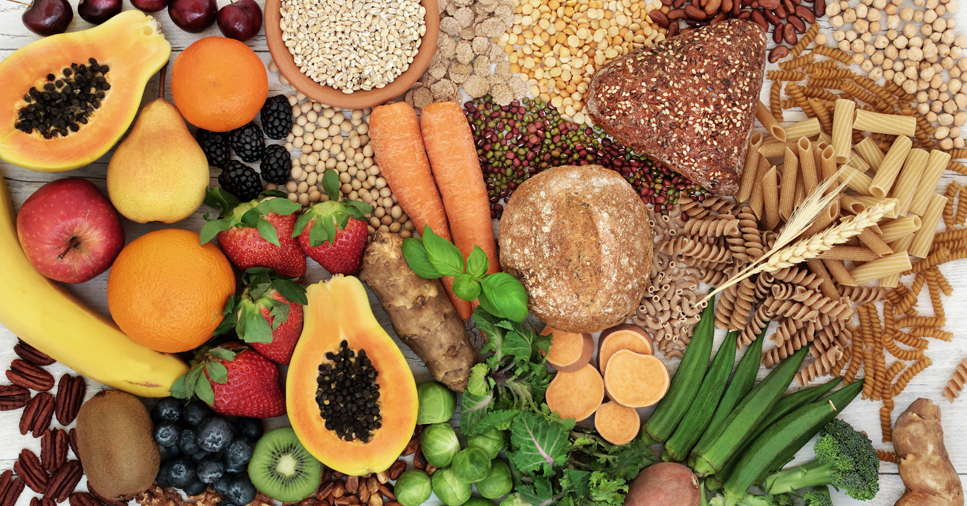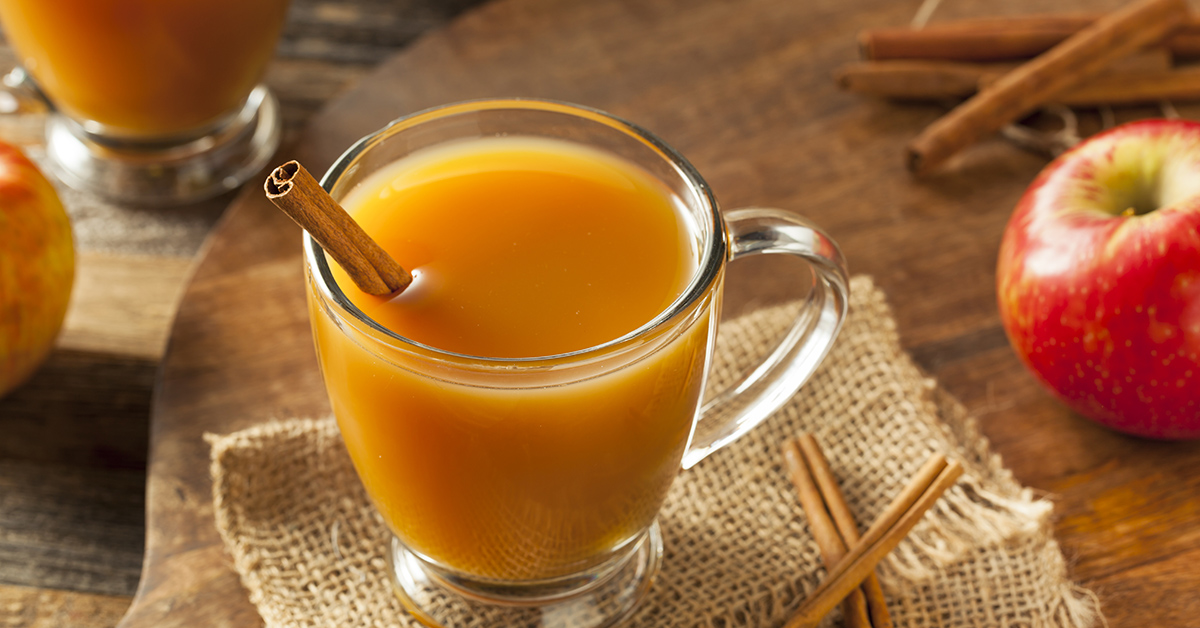Mike McConnell interviewed Dr. Thomas Schussler about colon health and soluble fiber and insoluble fiber. Here’s what we learned from his expert opinion.
How Soluble and Insoluble Fiber Affect Colon Health
Having normal bowel movements can depend on your diet. You should limit alcoholic, carbonated and acidic beverages. In addition to that, avoiding high fat fried foods, especially trans fats and saturated fats, will help overall health as well as colon health.
What you should eat to keep your colon healthy and maintain regular bowel movements is a bit more complicated. Aim for four to five servings of fruits and vegetables per day and plenty of fiber. There are two types of fiber, soluble and insoluble. If you want your bowels to move more, then insoluble fiber, or fiber that does not dissolve in water, is what you should be eating. This is found in foods like vegetables and beans. However, if your bowel movements are more regular than you might like, soluble fiber is what you need. Soluble fiber dissolves in water and is found in fruit, nuts and whole grains.
What we do know is that healthy diets with good fiber will help with digestion and regular bowel movements.







